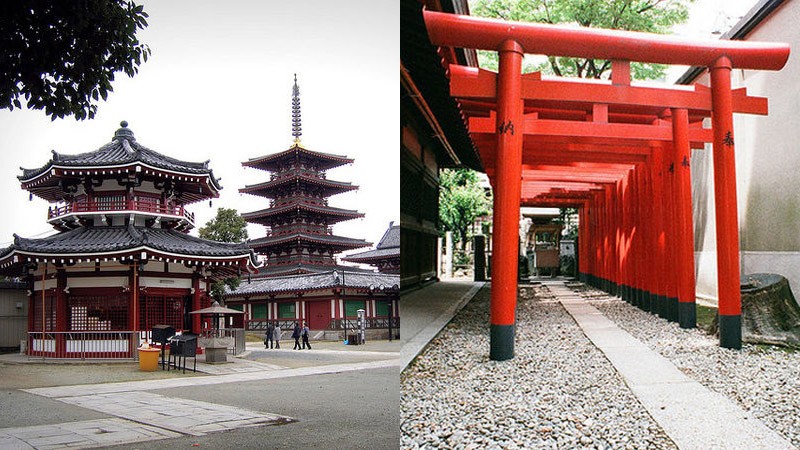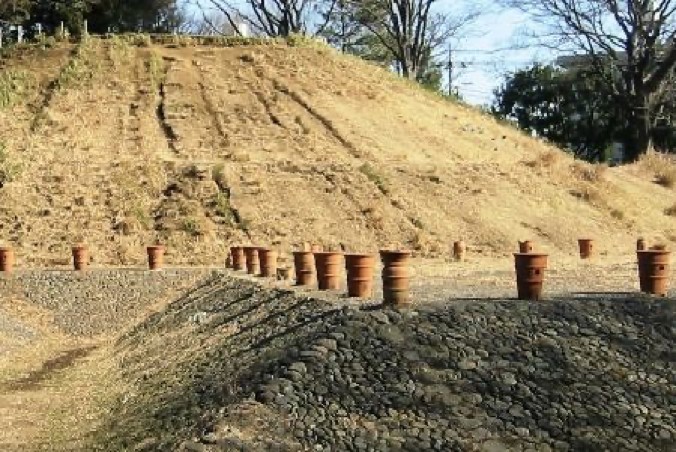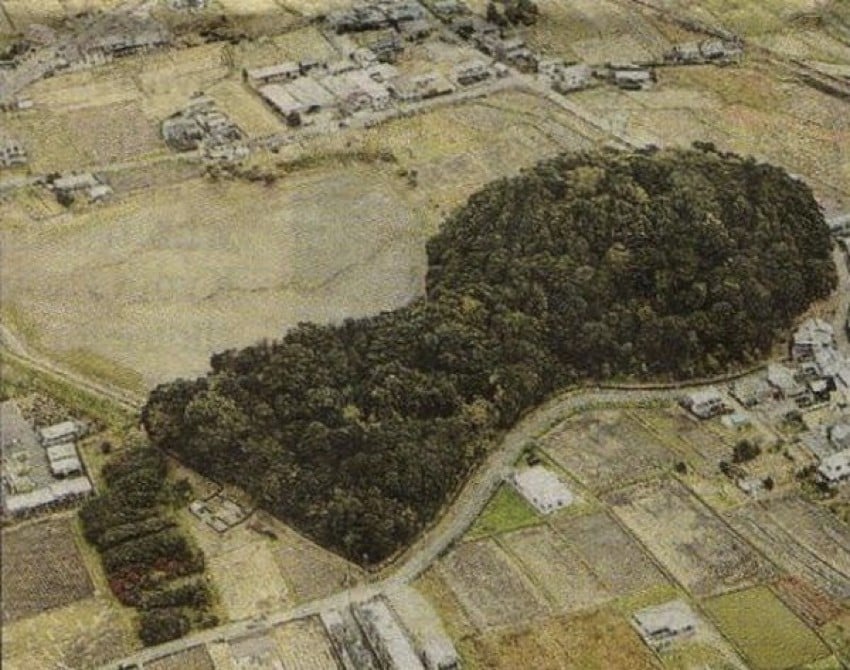Have you ever heard of Kofun (古墳)? This term means ancient tomb. These tombs in particular were made as tombs for influential and high-ranking people in Ancient Japan.
This period was from the second half of the third century to the middle of the seventh century. These tombs are even considered great architectural works and they are signs of the rise of a country with so many resources.
Table of Content
Historical context
The formation of the Japanese state took place in the Kofun era (250-538AD). This period has the literal meaning of ''tombs'' because it was during this period that several tombs were built in different formats in which they ended up expanding.
During this period, it is estimated that more than 160,000 Kofun were built, as shown by data from Unesco (United Nations Educational, Scientific and Cultural Organization).
The Kofun period is characterized by a Shinto culture that existed before the introduction of Buddhism. And these influences also affected the construction of the tombs in a certain way.

Structure and characteristics
The Kofun had different shapes, the first was the circular (円墳), then the rectangular ( quadrado), the square ( o) and the best known is the Kofun in the shape of a keyhole (前方後円).
This last one has a square front and a rounded back. But it is not the only one with this shape; however, it is the largest. The Kofun in the shape of a keyhole is named Daisen Kofun, a tomb dedicated to Emperor Nintoku (仁徳天皇), he was the 16th Emperor of Japan.
The tomb in honor of the emperor ranks first among the three largest in the world. Then there is the Mausoleum of the first Qin Emperor, in China, and third, the Great Pyramid of Ginza, in Egypt.

Shinto Influence
Shinto is closely linked to Japanese society and culture. Shinto has no founder, no official sacred writings, and no fixed creeds, but it has preserved its main beliefs and rituals through the ages such as those aimed at the dead.
At the beginning of the construction of Japanese culture as it is today, it had a great influence on very specific ceremonies and rituals, including rituals for the dead.
These rituals became more organized as more adherents appeared, and then Shinto was born.

Some common practice in these rituals was the use of Haniwa (埴輪) which were usually buried along with the dead as funerary objects.
To make Haniwa, the wazumi technique is used, which consists of rolled piles of clay that were molded and stacked to make the figure, layer by layer.
These Haniwa could be shaped like vases, people and simply abstract forms. These small sculptures were placed around and on top of the tombs in order to demarcate and protect the sacred area. After the burial was finished, these objects were burned inside where they were demarcated.
The Kofun culture was most prominent during this Shinto period in Japanese history. But Shinto came to an end around the 7th century, which opened the door for Buddhism to enter.

One of the Buddhist beliefs is related to the transience of life in which he preaches that ''Everything is impermanent''. That is, everything that is born has the stage of death.
This idea prohibited the construction of the Kofun in 646 by Emperor Kōtoku. But anyway the practice of tombs was falling into disuse also due to the greater use of the cremation resource.
They didn't have so much 'attachment', so to speak, the person who had already died was seen as something natural and inevitable.
Ancient peoples were in the habit of glorifying themselves for thinking they would always be remembered even after their deaths. That's why these tombs were once highly valued.
The Kofun served to rescue the memory of important personalities, so these super elaborate constructions served to make the history of these people fall into oblivion.

keyhole tombs
The largest tomb is the Daisen Kofun, as the keyhole tomb is called, was developed in the 5th century around 399 BC and is located in the city of Sakai, Osaka Prefecture.
The total length of this unusual tomb is 486 meters and 36 meters high. The place is very wooded that when looking closely resemble irregular hills.
The concern to build on higher places was a factor taken into consideration.

However, it is only possible to have a good view of the keyhole shape with some drone or seen in some other way from above, to get an overview.
The oldest tomb that has the same shape is the Hashihaka Kofun, located in Makimuku district, Sakurai in Nara Prefecture.
This tomb was built in the late third century and is 280 meters long. It is still not possible to say for sure, but this tomb probably belongs to Himiko (queen-shaman of Yamatai in ancient Japan) or her successor Iyo.
Although there are tombs of various shapes, the keyhole one is the most common. This format appeared between the three and seven centuries. This format refers to the idea of power and authority.

The rounded part is where the coffins are and the square part was where the rituals took place.
These lock shapes were found in NASA photos of Mars. A team of researchers spent 3 years studying to understand the formation of this hole, which for them is so perfect that it cannot be due to natural erosion.
When looking for terrestrial references of the opening, the only similarity was with these tombs from the Kofun period.
And then what is it that these two images have a connection or mere coincidence?
